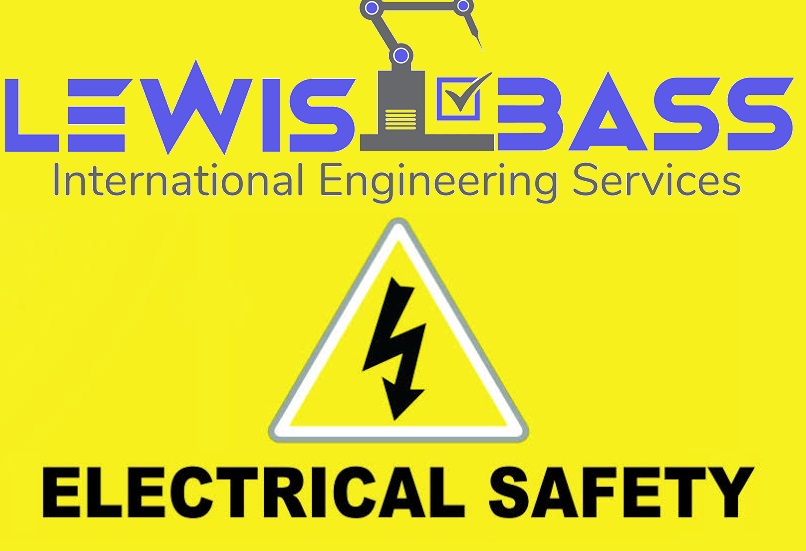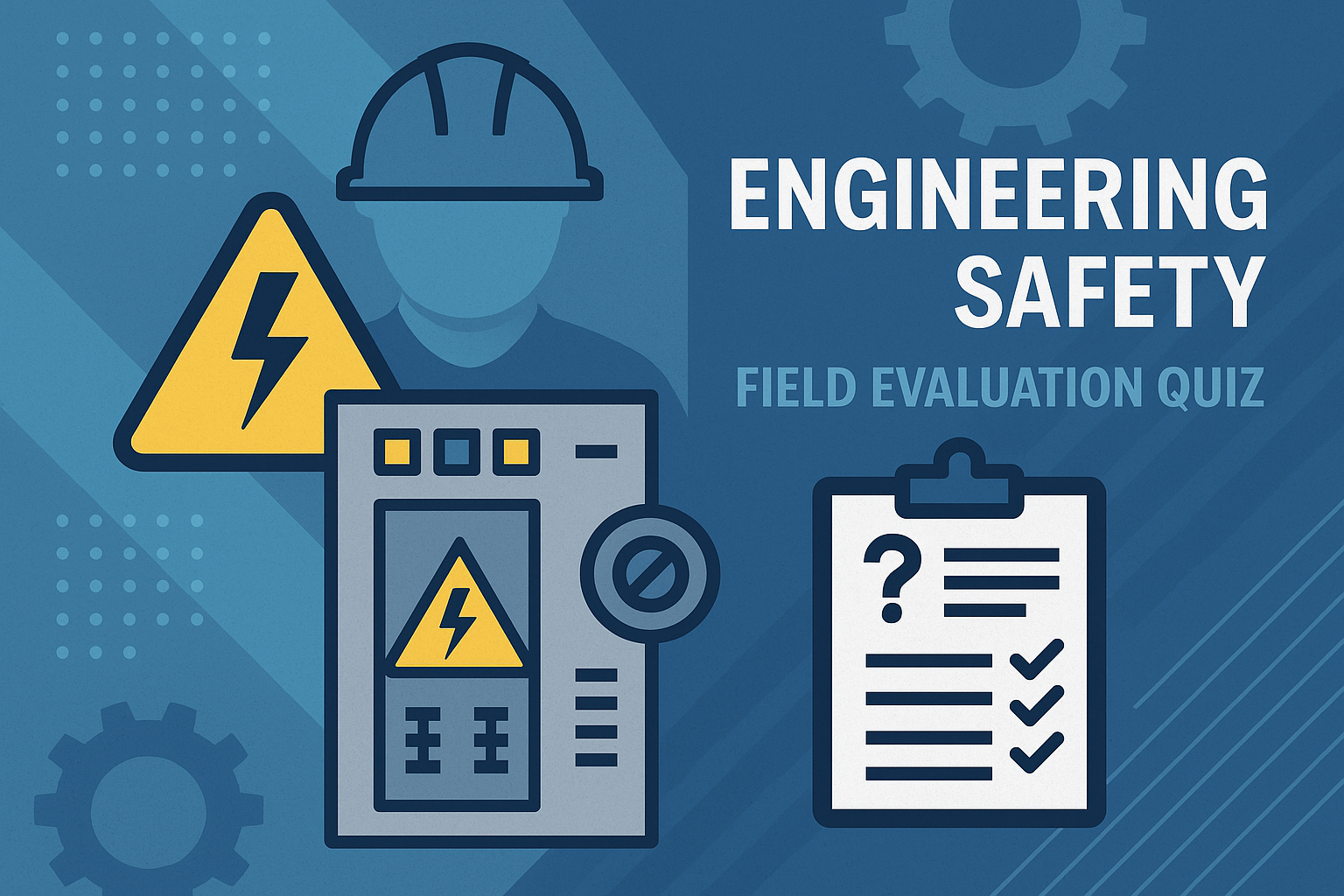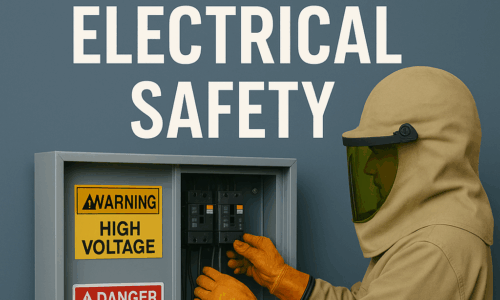LBIES’s Electrical Safety Awareness Blog Series Part 1
Proper Electrical Safety Awareness is Key to a Safe Working Environment
Welcome to our three part blog series on electrical safety awareness!
LBIES has been in the safety consulting industry for over 30 years and has seen every conceivable situation encompassing the best and worst practices of electrical safety on the job sites we have been contracted out to perform services for. This blog series is our contribution to the greater industry we are a part of and reflects the best practices we have been passing on to our clients over the years.
While today we predominately offer safety consulting services geared towards fixing and evaluating specific machinery (3rd party field labels) and machinery inspection situations that require specific directives for the machinery to be evaluated against (CE Marks and SEMI S2/S8), for a time in our history we offered dialed-in safety consulting services for product and facility safety. Electrical safety awareness was and is always the foundation of our approach to ensuring a safe working environment for our clients.
What is the Purpose of Electrical Safety Awareness?
- Raising your awareness of electrical hazards.
- Instructing you on how to recognize electrical hazards.
- Providing ways to eliminate, remove and prevent electrical hazards in the workplace.
- Emphasizing the extreme important of observing all electrical safety requirements and practices.
- Instructing you on what to do during an electrical accident.
Why learn about Electrical Safety Awareness?
- One worker on average is electrocuted on a job site every day.
- An average of one and a half person(s) are electrocuted in their home(s) every 36 hours.
- Electrical incidents are far more likely to be fatal than other types.
- More than just electrocution: electrical shock, burns, and falls due to being shocked are also possible injuries.
What is Electrical Shock?
- Electrical shock is received when current passes through the body.
- The severity of the shock depends on:
- Path of the current through the body.
- Amount of current flowing through the body.
- Length of time the body is in the circuit.
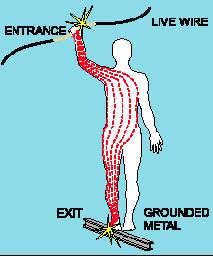
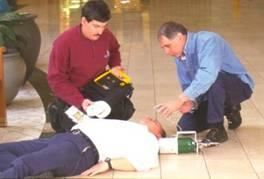
Dangers of Electrical Shock
- Currents greater than 75 mA* can cause ventricular fibrillation (rapid, ineffective heartbeat).
- Currents at or greater than this 75 mA* level can cause death in a few minutes unless a defibrillator is used.
- 75 mA* is, in reality, not much current–a small power drill uses 30x as much current typically.
How is an Electrical Shock Received?
- When two wires have different potential differences (voltages), current will flow if they are connected together.
- In most household wiring, the black wires are at 120 volts relative to ground.
- The white wires are at zero volts because they are grounded.
- If you come into contact with an energized (live) black wire, and you are also in contact with the white grounded wire, current will pass through your body and you will receive a shock.
- If you are contact with an energized wire or any energized electrical component, and also with any grounded object, you will receive a shock.
- You can even receive a shock when you are not in contact with a ground.
- If you contact both wires of a 240-volt cable, you will receive a shock and possibly be electrocuted.
Low Voltage Does Not Mean Low Hazard
- A small amount of electrical current can cause injury, even death.
- The current from a 7.5-watt, 120-volt lamp, passing across the chest, is enough to cause fatal electrocution.
- Deaths from 120 volts represent about 12% of all electrocutions.
Electrical Burns
- These are the most common shock-related, nonfatal injury.
- Occurs when you touch electrical wiring or equipment that is improperly used or maintained.
- Typically occurs on the hands.
- Are a very serious injury that needs immediate attention.

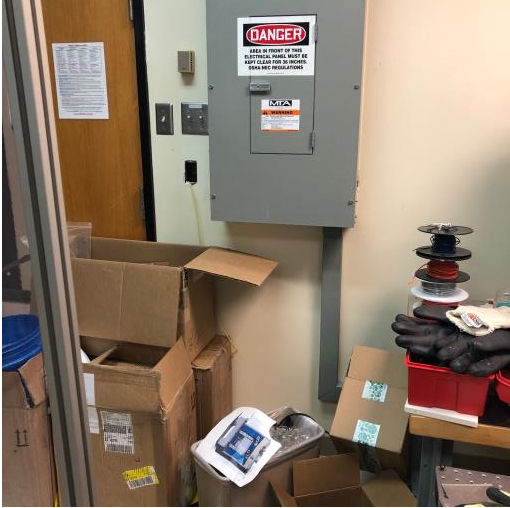
Recognize the Hazards
Have you seen areas like these?
Both are NEC violations and present a safety hazard, based on inaccessible circuit control devices.
Do not block the working space around electrical equipment (600 volts, nominal, or less). This space provides and maintains sufficient access and working space to permit ready and safe operation and maintenance of such.

For more Recognize the Hazards scenarios, please check out part 2 of our blog series on Electrical Safety Awareness here.
